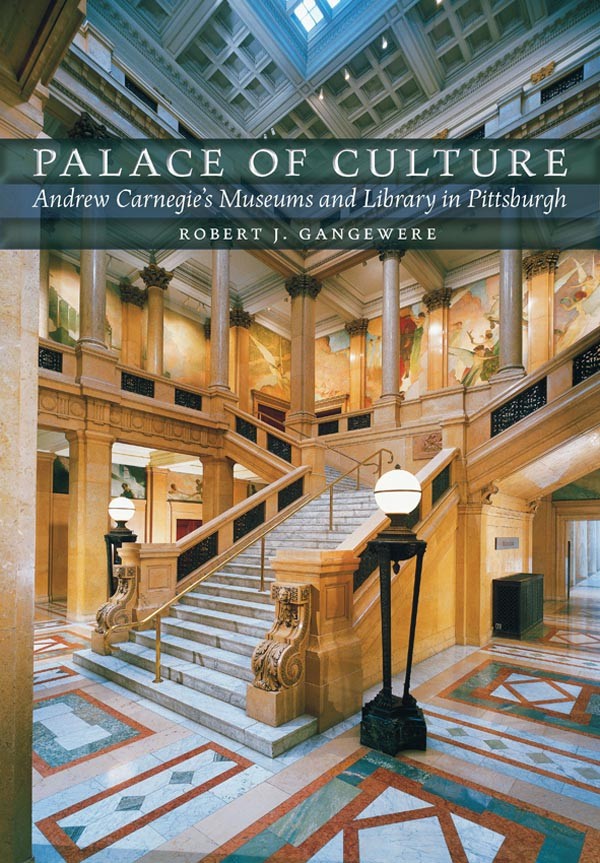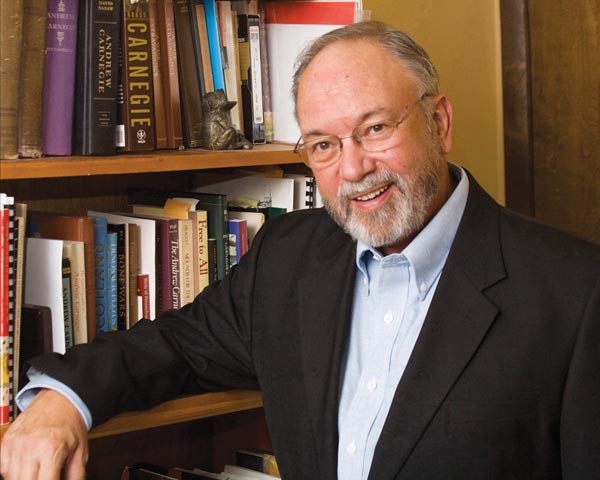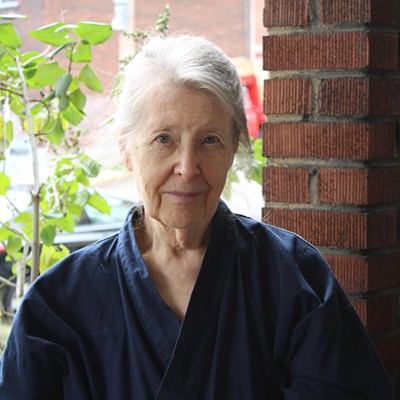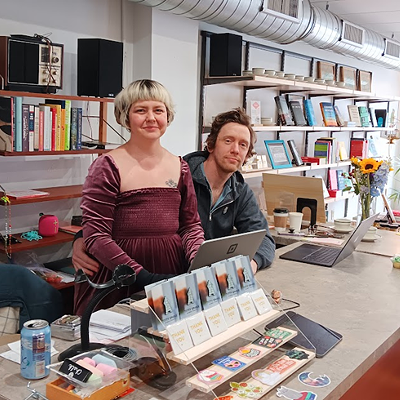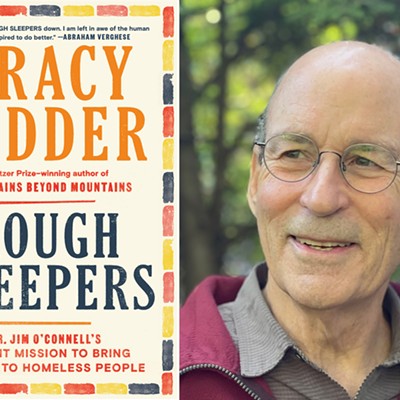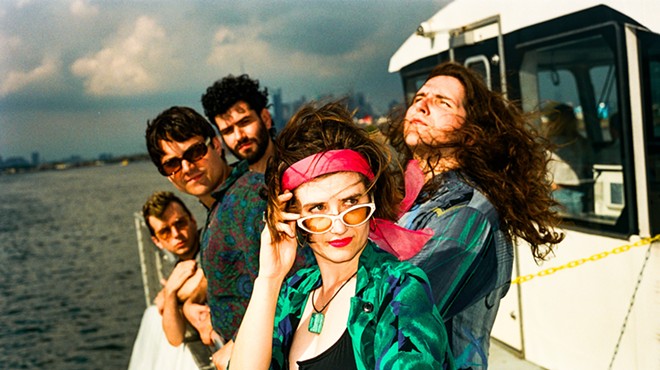You can barely throw a beer bottle in this town without hitting a slab marked with the name of some dead industrialist. (Believe me, I've tried.) And no name dominates the landscape more than Andrew Carnegie's.
Over the past century, the Oakland-based juggernaut bearing his name has encompassed four museums and a library system. Entire books have been written about portions of that history — like Carnegie's passion for collecting dinosaur fossils. So perhaps inevitably, Robert Gangewere's history of this sprawling institution, Palace of Culture, is broad rather than deep. The Andy Warhol Museum, for example, gets fewer than 20 pages, including photos.
Casting a wide net allows Gangewere to give recognition to unsung programs, like the Powdermill Nature Reserve, or its team of mollusk specialists. ("North America ... has comparatively few mollusk researchers [compared] to the many land snail researchers in Europe," Gangewere notes. I blame the French.) And Gangewere sometimes connects the museum to what was taking place outside the gallery walls. During the run-up to World War II, we're told, Museum of Art director Homer Saint-Gaudens "tried to delicately balance the artistic scales by exhibiting official Nazi art, as well as work by Jewish artists." (Saint-Gaudens' boss, Carnegie president Samuel Haden Church, was less equivocal: In 1940, he offered $1 million to anyone who kidnapped Adolf Hitler.)
But often, Palace feels less like the 106-year history of a cultural institution ... and more like reading 106 annual reports. The structure is serviceable enough: Gangewere recounts the history of each Carnegie branch in turn. But he often focuses on institutional concerns — like fundraising challenges and bureaucratic deckchair-shifting — at the expense of offering more insight about the role that institution played in Pittsburgh.
Gangewere's treatment of the Carnegie International — the Museum of Art's global survey of contemporary art — is characteristic: We may be told how critics raved over the 1985 International, but how did locals response to the bombast of neo-expressionists? Gangewere doesn't say. Similarly, though we're given a full paragraph about the library's furniture choices (the cabinets were of oak, with "bases massive and square"), there's only a sentence-long reference to its pioneering efforts to serve the blind.
Maybe that emphasis is to be expected: Gangewere's own connection to the Carnegie — he's the former editor of its house magazine — dates back decades. And his insider perspective can yield some interesting insights, though this is far from a tell-all. On the departure of longtime Warhol head Tom Sokolowski, for example, Gangewere maintains a decorous silence: "Sokolowski stepped down at the end of 2010, saying that after fourteen years, it was time." You can bet there's more to the story than that.
General-interest readers, however, may well feel like there's quite enough inside baseball as it is. Gangewere does occasionally touch on the broader context in which a museum operates, as when he briefly notes the ongoing debate over whether science centers are just gimmicks in a science-themed funhouse. Generally, he embraces the Carnegie's more recent innovations, noting the importance of keeping exhibits fresh for changing audiences. I just wish his text had been given a more thorough dusting.

